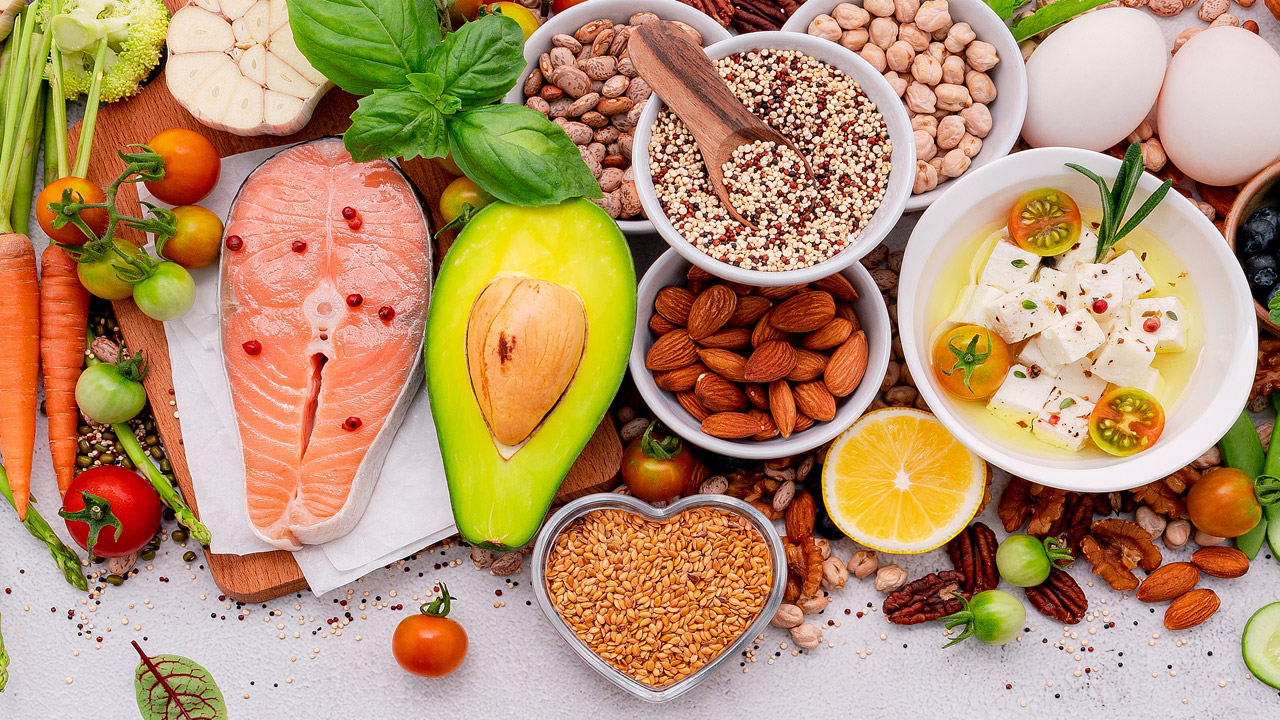How Much Fruit Is Too Much Fruit?

Hey Angels and Alphas,
Whenever you’re trying to lose weight or you’re trying to manage your insulin resistance, it’s absolutely crucial that you remember what a big role sugar plays in achieving your goals.
But, unlike sodas, cake, sweets, candy, and other forms of sugar that are highly concentrated and easily absorbed, the naturally occurring sugars found in fruits and most vegetables have actually been linked to lower risks of obesity and other metabolic disorders and diseases.
The caveat here, however, is that fruit must be consumed in its raw, whole-food form, not juiced or dried like a lot of the fruit options you’ll find at your local grocery store.
But how is consuming a fruit whole different? And why is it better?
Basically, when you’re consuming a fruit whole, for example, an apple with the skin on, you get the entire package. This package includes two types of fiber: insoluble fiber and soluble fiber.
Naturally, these two fibers weave in and work together to essentially create a barrier (also known as fiber lattice) that finds its way in the small intestine and significantly slows down the rate at which sugar is absorbed in your body. This means you’re not going to experience the blood sugar spikes that cause insulin resistance (and serve as a precursor to diseases such as diabetes.)
But instead, most of the sugar will actually travel down into the lower part of your small intestine where the highest percentage of your gut bacteria and your gut microbiome are located. When they’re there, the bacteria in your gut have a chance to eat and metabolize most of the sugar from the fruit in a healthy and productive way.
Furthermore, you have some fruits that have a low glycemic index (GI index.) The GI index is something you’re likely familiar with if you’re someone who cares about blood sugar spikes and drops. The GI system essentially ranks foods in relation to how they each affect your blood glucose. The lower the GI ranking, the slower the digestion of sugar, and therefore, the lower the blood sugar spike.
Foods that have a higher GI ranking basically cause a more immediate and more robust rise in your blood glucose after you consume them. And when your blood glucose level is high, your body is going to work much longer and harder in order to produce insulin… The result? A more likely change toward insulin resistance over time.
And finally, the natural sugars found in fruits and veggies, as part of the whole fruit, will likely come packaged alongside massive levels of minerals, vitamins, and antioxidants. And we all know a diet rich in antioxidants can help tremendously if you’re someone dealing with insulin resistance.
Here’s why you should avoid other forms of sugar…
When we’re talking about the sugars found in smoothies and juices, they are essentially much more hyper-concentrated forms of sugar.
They simply do not create the same fiber lattice effect that slows down their digestion, causing rapid spikes in blood sugar. When you put a bunch of fruit in the blender or juicer, what you’re doing is breaking down and shredding the cell walls of the fruit, meaning that the insoluble fibers necessary to create the lattice are simply not there.
And finally, when you eat whole fruits, you tend to consume them at a much slower pace, leading you to consume much less overall instead of just chugging down a smoothie.
Bringing it all together…
The bottom line is, there’s really no need to worry about “too much fruit.” As long as the fruit is whole and it’s part of a diet that’s balanced and packed with other healthy options such as lean proteins, veggies, and whole grains, fruits can only make that better.
Most Americans, however, are not consuming enough veggies and fruits on a daily basis. That’s why you should break the status quo and fill your plates up with delicious and healthy fruit and veggie options that will help your weight loss goals, your health goals, and your life goals.
If you’re someone who has a hard time struggling with insulin resistance, what you should be doing is focusing your attention toward foods higher in fiber and lower on the GI scale, such as blueberries, blackberries, grapefruit, apples, and so on. And if you pair your fruits with healthy options such as nut butter, you’ll be adding satiating protein and healthy fats that will keep you fuller for longer and make for a punch-packing meal.





